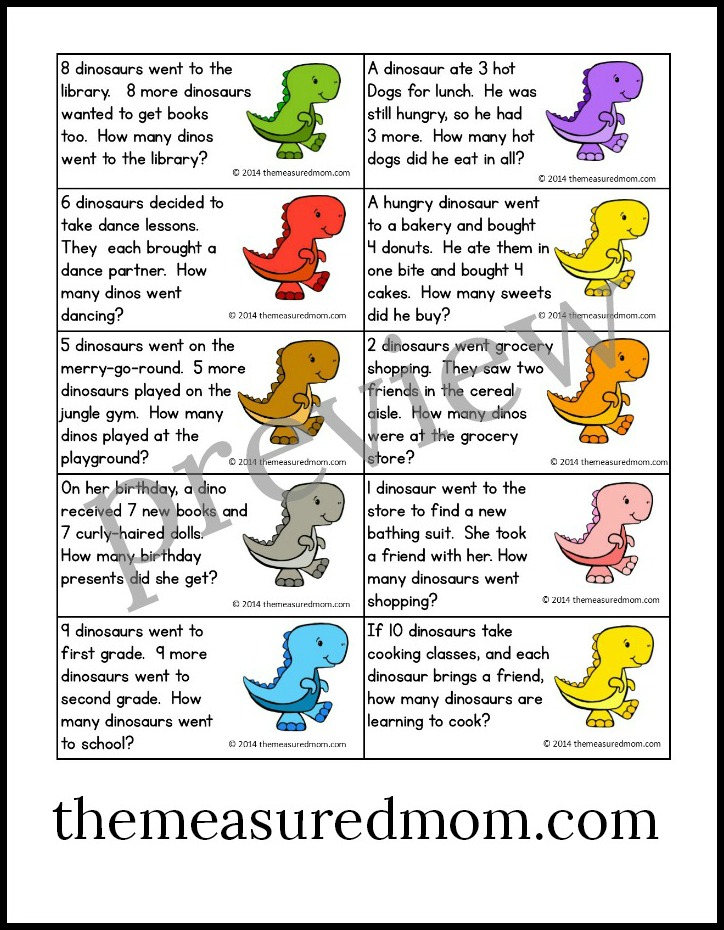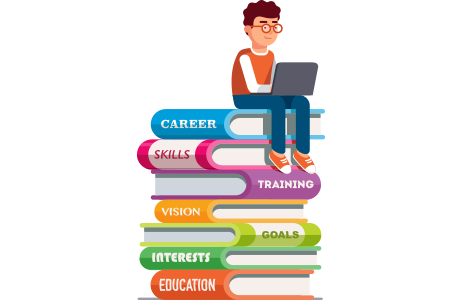
Comparing numbers can seem difficult. Here are some tips to help you make this easier. Make sure you are familiar with decimal numbers and the most significant digits. Next, you need to know what to look out for when comparing numbers from different types. A worksheet can be used to help you compare the numbers.
Comparing 1/10 and 0.1
0.1 is equal to one tenth of a whole number. If 1.0 is a pizza then 0.1 equals one tenth. Although these numbers aren't the same, a simple comparison of any one of them will reveal the difference.

It is not difficult to confuse the fractions. One tenth doesn't equal 0.1. But they don't equal less than 1 tenth. So the answer to this question is 0.14. But you can still convert fractions to get the larger numerator. But, how do you know which one is larger?
comparing decimal numbers
While comparing decimal numbers and whole numbers is simple, students can sometimes struggle to determine the meanings of place values. Some students may place more importance on the length of a number than the place value. Additionally, they might base their perception of relative size on how many digits are involved. This could be a way for them to say that 1576 has more digits than 742.
Before you compare decimal numbers, make sure to write them in the place value table. Add a zero if you have a tenth of a place digit. This makes the two numbers equal. Compare the remaining digits to confirm that they are equal. This will help you determine which one of them is greater.
The Comparing Decimal Numbers Worksheet was created by math educators who have extensive experience. This worksheet is meant for students in upper-grade classes of math. It encourages students to use equals to greaters and lesss symbols when comparing decimal numbers. It is a valuable resource for students to use in their math lessons and reinforce place value knowledge. The worksheet is useful for warm-up activities, class checks, and mid-term quizzes.

When comparing decimal numerals, each digit should have the same place value as the previous. This allows you to easily compare the numbers. To make decimals more comparable, you can also use the number line.
FAQ
What do you need to become a teacher in early childhood?
First, you must decide if early childhood education is what you want to pursue. If so, then you will need to get your bachelor's degree. Some states require that students have a master's level degree.
You will likely also have to attend classes in the summer months. These courses cover topics such as pedagogy (the art of teaching) and curriculum development.
Many colleges offer associate degrees which lead to teaching certificates.
Some schools offer certificates and bachelor's degrees in early education. Other schools only offer diplomas.
Teaching at home may be possible without additional training.
What is early childhood education?
Early Childhood Education refers to a field dedicated to helping children become happy, healthy adults. This includes teaching children how to read and preparing them for kindergarten.
Early childhood education is designed to help children grow and learn by providing them with appropriate experiences.
Early childhood educators are frequently called upon by parents to assess the developmental needs and abilities of any child they encounter. This helps to decide if a particular program would benefit each child.
Parents can interact with teachers and professionals who have had experience working with young kids through early childhood programs.
As parents, they play a vital role in early childhood education. They need to know how best to care for their children.
Parents can also take part in activities that teach skills to their children for the rest of their lives.
While preschool education is sometimes called early child education, the term is also used interchangeably to describe daycare centers. Early childhood education is very similar to prekindergarten education, which usually begins around three years old.
Is it difficult for a teacher to become?
You must be a teacher. You will need time to study.
You can expect to work 40 hours per semaine while earning your degree.
You will also need to find a job that suits your schedule. Many students report difficulty finding part-time jobs that work around their school schedules.
After you have been offered a permanent position, you will be expected to teach classes throughout the day. Sometimes, you may need to travel to other schools during the week.
Statistics
- Globally, in 2008, around 89% of children aged six to twelve were enrolled in primary education, and this proportion was rising. (en.wikipedia.org)
- They are also 25% more likely to graduate from high school and have higher math and reading scores, with fewer behavioral problems,” according to research at the University of Tennessee. (habitatbroward.org)
- In most developed countries, a high proportion of the population (up to 50%) now enters higher education at some time in their lives. (en.wikipedia.org)
- They are more likely to graduate high school (25%) and finish college (116%). (habitatbroward.org)
- These institutions can vary according to different contexts.[83] (en.wikipedia.org)
External Links
How To
What is vocational Education?
Vocational education is an educational program that prepares students to work after high school and college. It teaches them specific skills for specific jobs (such as welding). It includes training on the job in apprenticeship programs. Vocational education is different from general education in that it prepares individuals for specific career paths rather than acquiring broad knowledge for future uses. The goal of vocational education is not necessary to prepare people for university study but to help them find jobs upon graduation.
Vocational education may be provided at all levels of schooling, including primary schools, secondary schools, colleges, universities, technical institutes, trade schools, community colleges, junior colleges, and four-year institutions. You can also find specialized schools such a culinary arts school, nursing school, law school, medical schools or dental schools. Many of these offer both academic instruction, and practical experience.
Over the past decade, a number of countries have made substantial investments in vocational education. These include Australia, Denmark and Finland, Germany. However, it is not clear if vocational education is effective. Some critics argue that it does little to improve students' employability; others argue that it provides useful preparation for life after school.
According to the U.S. Bureau of Labor Statistics (47% of American adults are currently holding a postsecondary certificate/degree related to their current job), this figure is higher among those with more education. This figure is higher for those with more education. 71% (25-29) of Americans have a bachelor's level or higher and work in fields that require a postsecondary degree.
The BLS reported that almost half the adult population of the country had at least one form of postsecondary credential as of 2012. One-third of Americans had a two year associate degree. Only 10% held a four-year bachelors degree. One in five Americans has a master's or doctorate.
The median annual wage of a bachelor's degree holder was $50,900 in 2013, compared with $23,800 for someone without one. For advanced degrees, the median annual wage was $81,300.
For those who did not complete high school, the median wage was only $15,200. Earn $13,000 per annum for those with less high school diplomas.